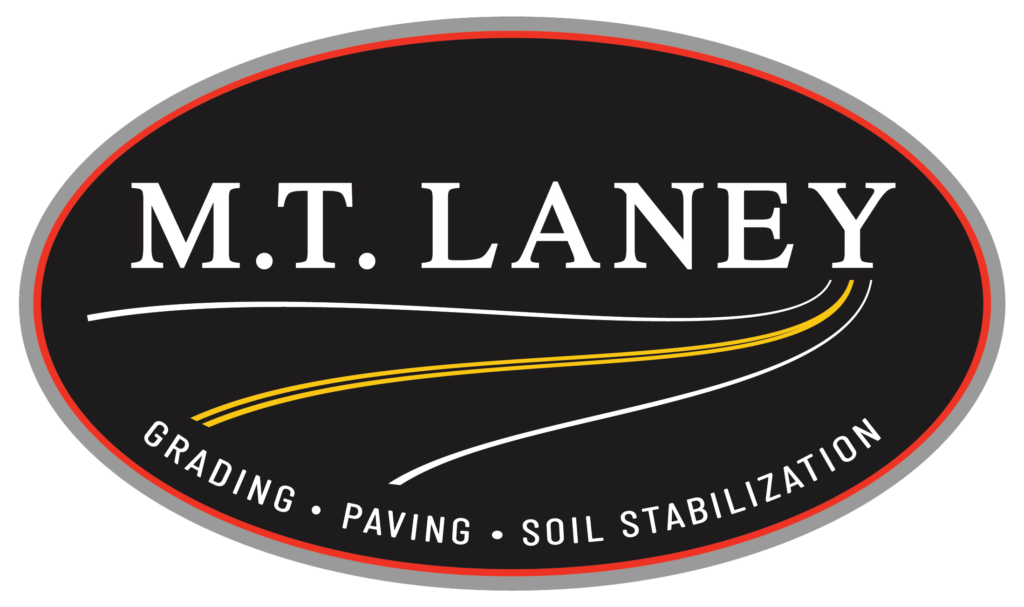Weather plays a crucial role in the durability and performance of asphalt and concrete paving. From extreme heat and freezing temperatures to heavy rainfall and humidity, different weather conditions can impact the installation, curing, and long-term integrity of paved surfaces. Understanding how weather affects these materials can help contractors and property owners make informed decisions about paving projects and maintenance.

The Impact of Temperature on Paving
Temperature is one of the most significant factors in asphalt and concrete paving. Both materials require specific temperature ranges to be appropriately installed and maintain long-term performance.
- Extreme Heat: High temperatures can cause asphalt to become overly soft, making it more susceptible to rutting and deformation under heavy traffic. Concrete, on the other hand, can dry too quickly in extreme heat, leading to cracks and weakened structural integrity.
- Freezing Temperatures: Cold weather poses a different challenge. Asphalt must be laid at a certain temperature to ensure proper compaction. If it cools too quickly, it may not bond correctly, leading to premature cracking. Concrete can also suffer in freezing conditions if water within the mix expands as it freezes, causing internal stress and cracks.
To combat temperature-related issues, paving professionals often schedule projects during mild weather conditions, ensuring the materials have the ideal environment for proper curing and compaction.
The Effects of Rain and Moisture
Moisture can be one of the biggest challenges in paving projects. Rain and excessive humidity can negatively affect both asphalt and concrete, especially when being installed.
- Asphalt Paving and Rain: Water weakens the bond between asphalt layers and prevents proper compaction. If asphalt is laid on a wet surface, it may not adhere correctly, leading to premature deterioration and potholes.
- Concrete and Rain: Freshly poured concrete exposed to rain can have a compromised surface, leading to reduced strength and potential surface scaling. Excess moisture can also dilute the concrete mix, affecting its overall durability.
For best results, paving projects should be scheduled during dry weather. If unexpected rain occurs, work may need to be postponed, or protective measures such as tarping and drainage adjustments may be used to prevent water damage.
The Freeze-Thaw Cycle and Pavement Deterioration
In regions with fluctuating temperatures, the freeze-thaw cycle is a leading cause of pavement deterioration. Water seeps into small cracks in asphalt or concrete and then expands when it freezes. This expansion exerts pressure on the pavement, causing cracks to widen and surfaces to weaken over time.
- Asphalt Damage: Frequent freeze-thaw cycles can lead to potholes and surface cracking, requiring regular maintenance such as sealcoating and crack filling to prolong pavement life.
- Concrete Damage: Concrete is also vulnerable to freeze-thaw damage, especially if it is not properly sealed. Deicing salts can accelerate deterioration by increasing moisture absorption and causing scaling or spalling.
Using high-quality materials and applying sealants can help protect pavement from freeze-thaw damage and extend its lifespan.
How Wind and Sun Exposure Affect Paving
Wind and sun exposure also play a role in the longevity of paved surfaces.
- Strong Winds: During installation, high winds can make it difficult to lay and cure materials properly, affecting their final strength and surface smoothness.
- UV Damage: Prolonged exposure to direct sunlight can cause asphalt to oxidize, leading to brittleness and surface deterioration. Concrete is less affected by UV rays but can still experience minor surface changes over time.
Regular maintenance, such as sealcoating for asphalt and protective coatings for concrete, can help minimize the effects of sun exposure and wind-related wear.
Plan Your Paving Project with M.T. Laney
Weather conditions can significantly impact the success and longevity of asphalt and concrete paving. Proper timing, high-quality materials, and professional installation can help mitigate these challenges. At M.T. Laney, we understand the effects of weather on pavement and use industry-best practices to ensure durable, long-lasting results. Whether you need a new paving installation or maintenance for an existing surface, contact us today to discuss your project.

 (410) 795-1761
(410) 795-1761
